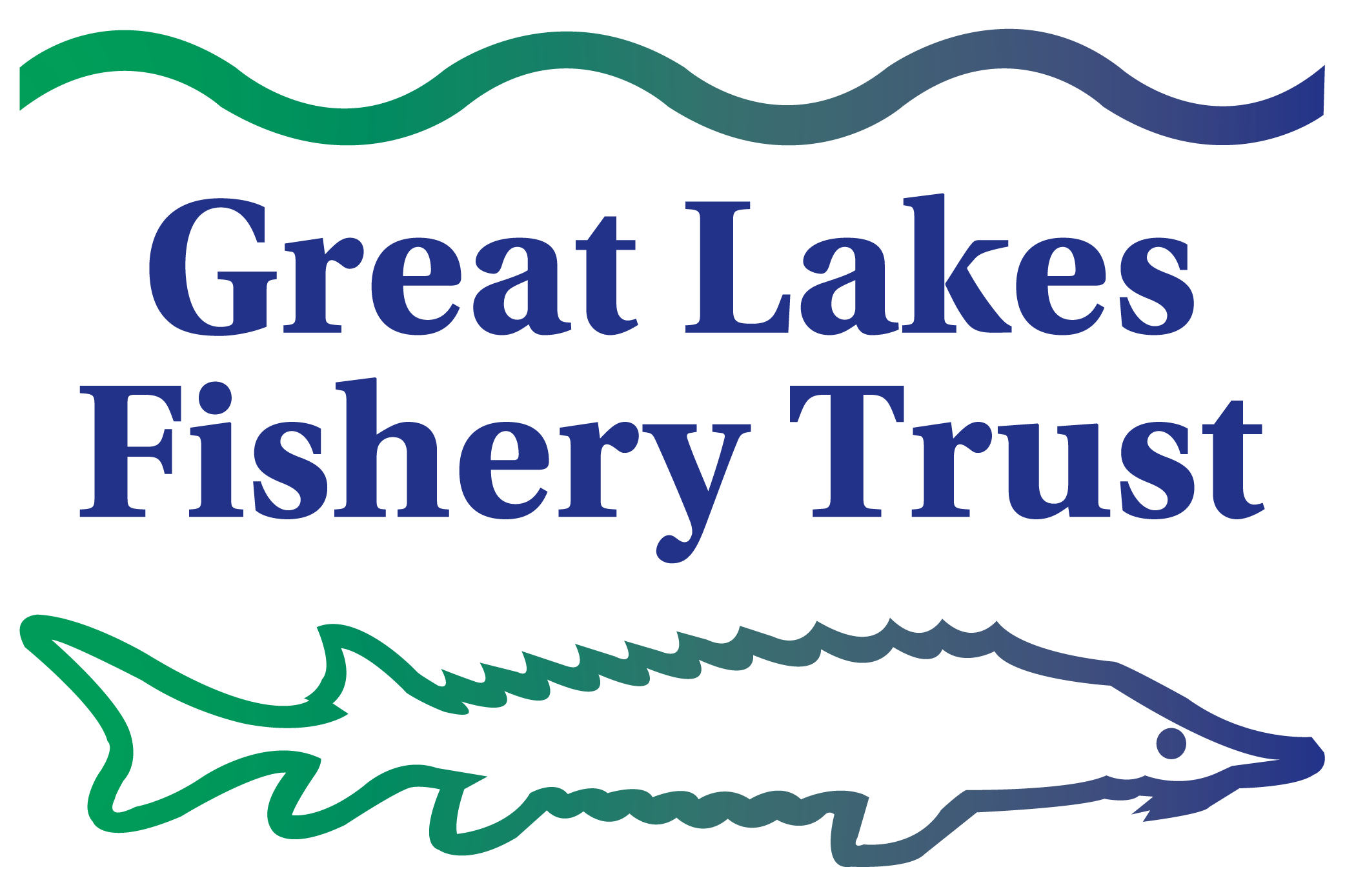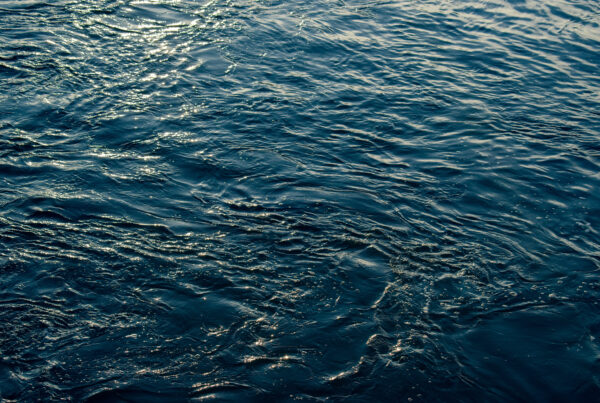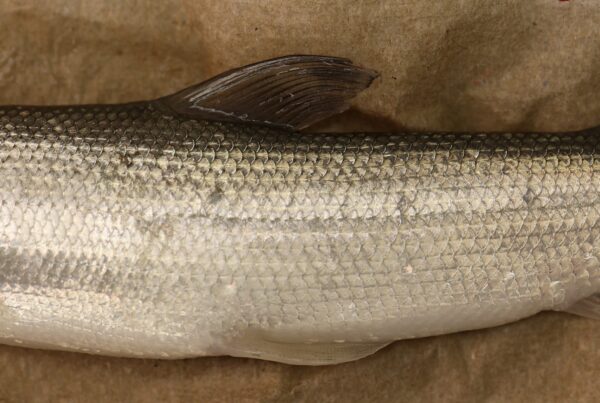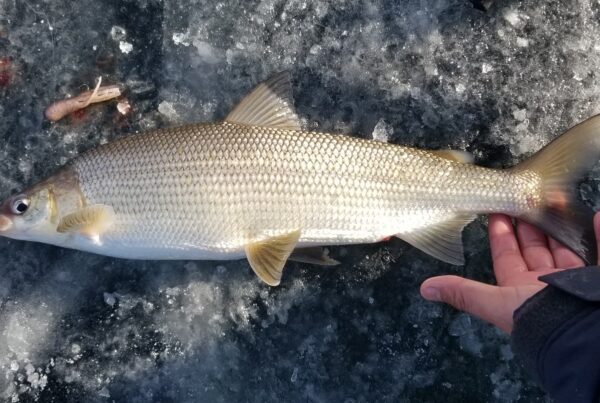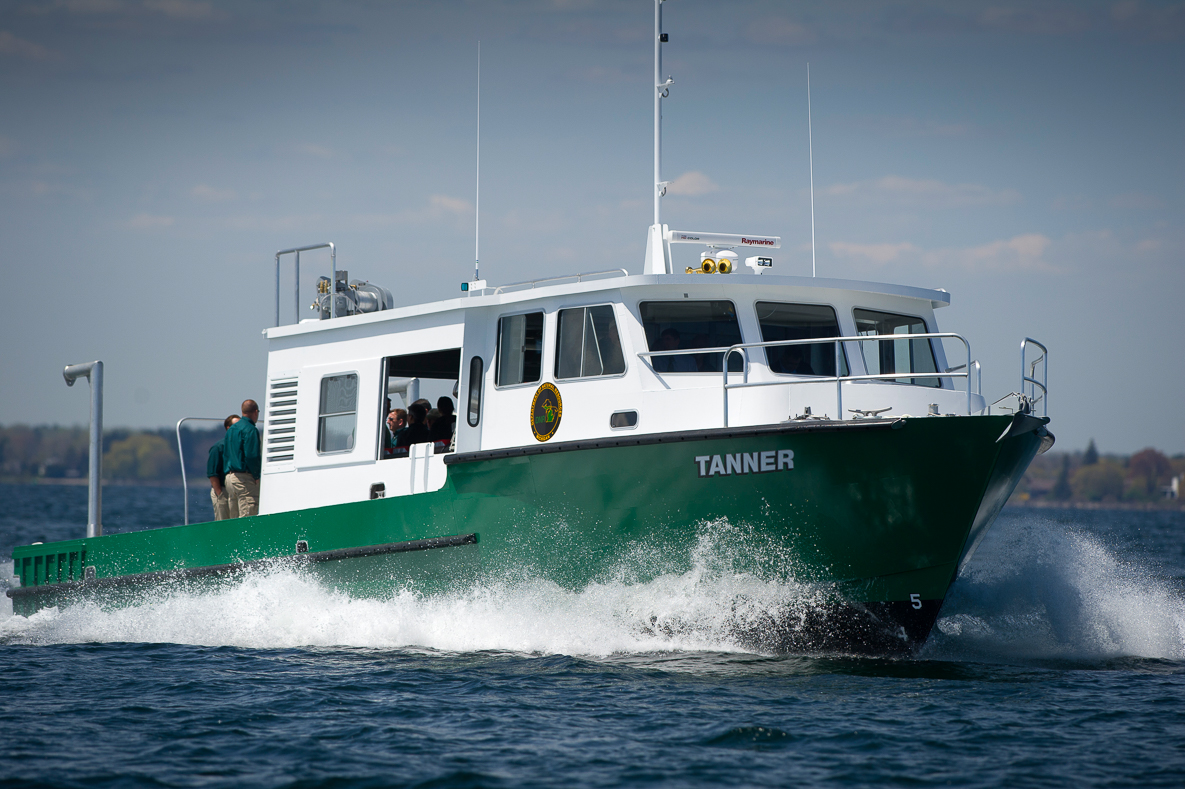
Photos provided at the courtesy of the Michigan Department of Natural Resources.
The 69-year-old research vessel (R/V) Chinook was fast approaching retirement. After years of generating valuable research data on the Great Lakes fishery for the Michigan Department of Natural Resources (MDNR), it was nearing the end of its useful life. Enter the R/V Tanner, a state-of-the-art 57-foot aluminum-hulled vessel with all the modern equipment its crew could hope for. This new member of the fleet, named after former MDNR Fisheries Division chief and director Dr. Howard A. Tanner, was funded in part by a grant from the Great Lakes Fishery Trust (GLFT). Although the Chinook will be missed, the Tanner is a welcome replacement that will enhance data collection and management decisions for years to come.
The Angle
The ability to monitor changes and collect data on the Great Lakes underpins the success of fisheries management. For 20 years, the GLFT has provided grants to advance the scientific understanding of the Great Lakes Fishery, providing critical information to support the management of the Great Lakes. For years, the Chinook collected valuable data on the Great Lakes fishery, such as the impact of sea lampreys and the effectiveness of stocking programs.
When the Chinook was retired, it created an opportunity to build a new research vessel that would meet the needs of the research and management community both now and in the future. To build the R/V Tanner, the MDNR used plans that were developed in the mid-2000s to build the R/V Lake Char, which currently operates on Lake Superior. The design was updated to incorporate technological advances and tailored specifically to Lake Huron’s unique research and monitoring needs.
The Nitty-Gritty
As each management agency makes replacements to its fleet, the agencies discuss the role of new vessels for collaborating on surveys for increased efficiency, better sampling programs, and ultimately better information to manage the lakes. The Tanner’s design supports collaborative management by:
- Modernizing and standardizing surveys through the use of new trawling, net lifting, and hydroacoustic equipment—which provides consistent research data with other Great Lakes vessels
- Enhancing the versatility of the research fleet by designing a swift, shallow-drift vessel capable of sampling in both deep and shallow waters
- Allowing for collaboration with other research vessels where multiple gear types are employed, such as hydroacoustic surveys
The Results Are In…
It’s clear that the Tanner will help facilitate research and monitoring of the Great Lakes for the next 50 years, helping managers ensure the continued health of a multispecies fishery. The crew will conduct assessments and collect data necessary to estimate abundance, biomass, age and growth, health, diet, survival rates, natural reproduction, and movements of fish in the Great Lakes.
What Does It All Mean?
Managers are always looking for data and information that will help them make sound lake management decisions. The new vessel’s research and monitoring programs will help managers identify fish stocks by their geographical and biological characteristics, estimate forage abundance to aid in setting stocking levels, provide fish for contaminant analysis, follow sea lamprey wounding trends, document the effects and spread of invasive species and diseases, and above all—better respond to the challenges of tomorrow.
Further Reading
This spring, the Michigan Department of Natural Resources (MDNR) newest state-of-the-art research vessel (R/V) pulled into port at the Alpena Fisheries Research Station. Christened the R/V Tanner, the 57-foot aluminum-hulled vessel boasts modern technology that will enable the MDNR to provide more consistent research data with other Great Lakes vessels supporting basinwide science and management needs. It includes modern trawling, net lifting and hydroacoustic equipment, and its shallow draft design enables near- and offshore activities. The R/V Tanner will serve primarily on Lakes Huron and St. Clair and support fisheries research and monitoring efforts throughout the upper Great Lakes.
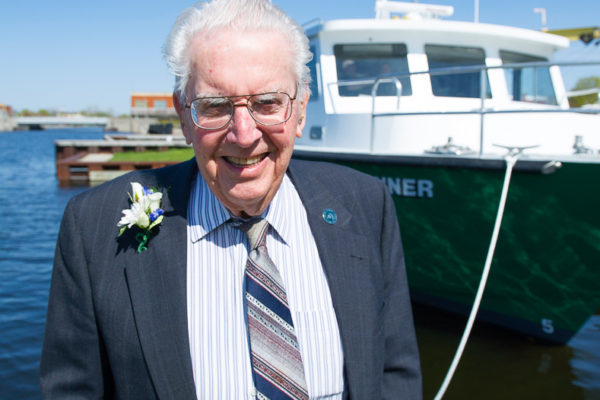
Dr. Howard Tanner. Alpena Michigan, May 20, 2016
The new vessel is named in honor of Dr. Howard A. Tanner, former MDNR Fisheries Division chief and director, who is widely credited with leading efforts to establish the Great Lakes salmon fishery in the 1960s, creating a world-class sport fishery and restoring balance to the Great Lakes food web.
A dedication ceremony for the new vessel was held on May 20, 2016, in Alpena and was widely attended by MDNR fisheries staff, federal agency representatives, and state lawmakers who approved a $1 million appropriation from the general fund to support the vessel’s construction.
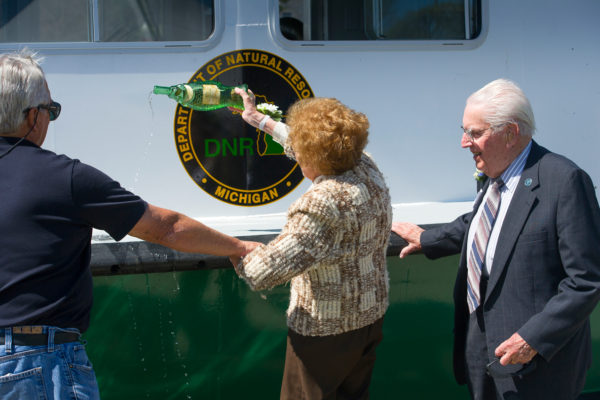
Helen Tanner christens the R/V Tanner, Alpena Michigan, May 20, 2016
“I can’t think of any recognition that could be superior to this, as far as I’m concerned,” says Dr. Tanner when asked about his new namesake.
In addition to general funds, the MDNR provided $500,000 from fishing license fees. The Great Lakes Fishery Trust (GLFT) matched that amount to make the new vessel a reality.
The GLFT’s research program provides funding support to projects that enhance the scientific understanding of the Great Lakes fishery and build research capacity to manage the Great Lakes ecosystem for sustainable production of valuable species.
“You need to be able to observe, monitor, and assess fisheries populations out there in order to manage them in a sustainable way,” says GLFT trust manager Mark Coscarelli. “The Tanner will give us the tools we need to support and enhance the state’s management capabilities.”
The Tanner replaces the Chinook, originally commissioned in 1947 as a law enforcement vessel that was transferred to the Lake Huron Assessment program in 1968. Over the years, the Chinook collected valuable fishery data, such as the impact of sea lampreys and the effectiveness of stocking programs. After 69 years, the Chinook was ready for retirement.
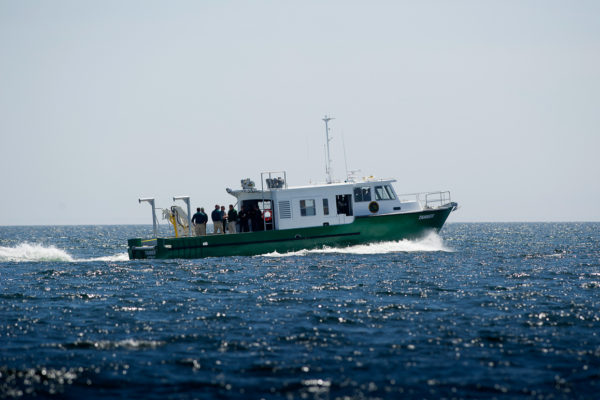
The research vessel Tanner, Alpena Michigan, May 20, 2016
“[The R/V Tanner] is leaps and bounds over what we had with the Chinook,” says Todd Wills, manager of the MDNR’s Alpena Fisheries Research Station. “[It] served us well, and this vessel is going to continue to serve us well into the future and keep us in the state-of-the-art with survey equipment and techniques.”
Since vessel replacements rarely occur, management agencies take careful steps to ensure that any new additions to their fleet complement the capacity of other vessels from all agencies to address the research and monitoring needs of the Great Lakes. The Tanner’s unique design and equipment will help provide consistent research data with other Great Lakes vessels by modernizing and standardizing surveys; enhance the ability to sample in both deep and shallow waters; and encourage continued collaboration among agencies monitoring the fishery.
The vessel crew will be able to use these technologies and the Tanner’s new design to collect data for estimating abundance, biomass, age and growth, health, diet, survival rates, natural reproduction, and movements of fish in the Great Lakes—which, in turn, will support management agencies in their decision making for decades to come.
